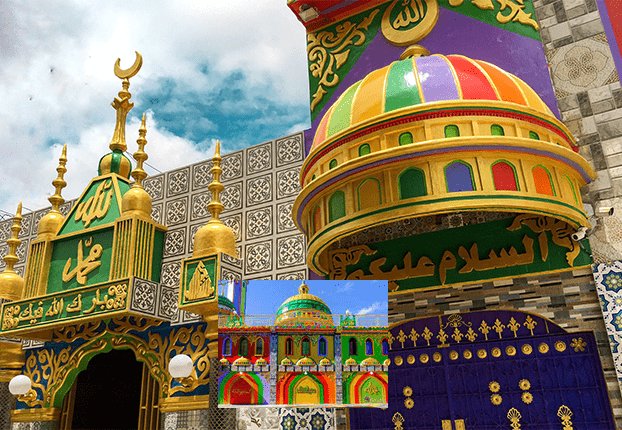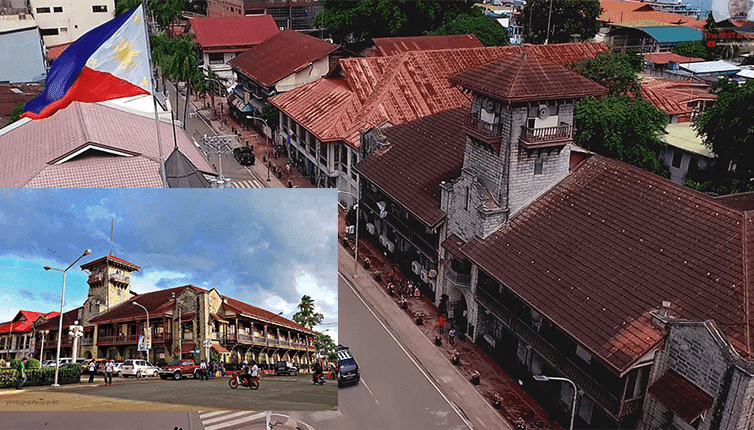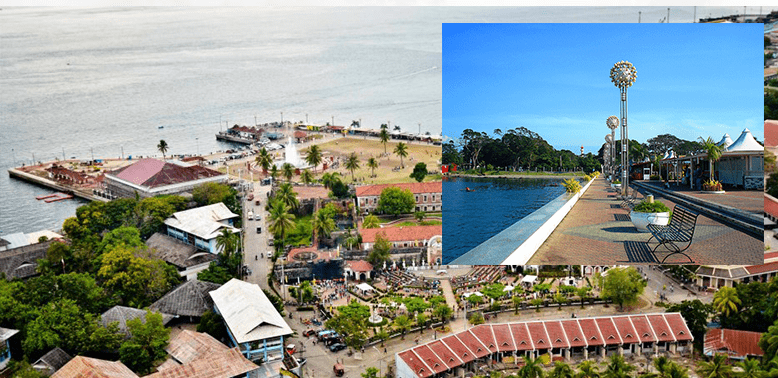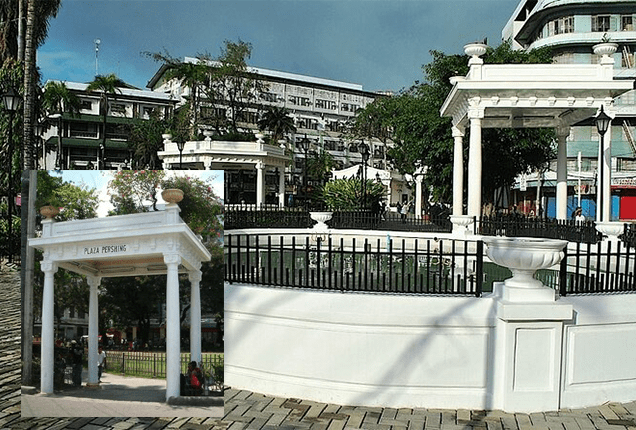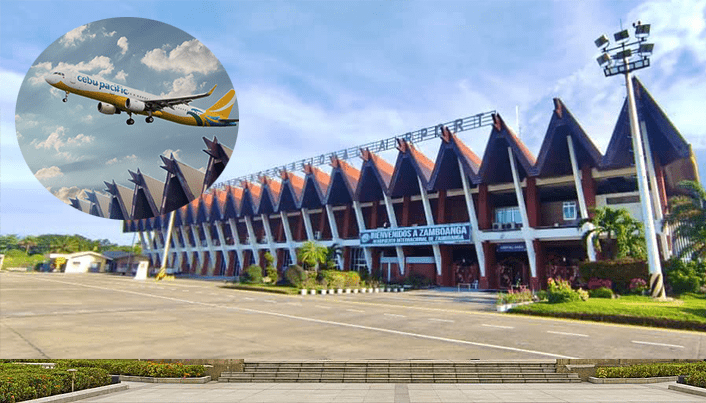Zamboanga City
Zamboanga City: Where Cultural Diversity Meets Nature's Beauty
Located in the southernmost part of the Philippine archipelago, Zamboanga City is a vibrant and diverse city that offers a unique blend of cultural heritage and natural wonders. With its colorful history and rich cultural traditions, the city has become one of the country's most fascinating and charming destinations.
Zamboanga City's history is as diverse as its people. The city has been home to various ethnic groups such as the Subanens, Samals, Tausugs, and Chavacanos, among others, who have contributed to its cultural tapestry. The city's name is derived from "sambuan," which means "anchorage" in Malay. It was once a hub for traders from neighboring countries such as China, India, and Malaysia. Over the centuries, the city has been a battleground for various colonial powers such as Spain, the United States, and Japan, which have left their mark on the city's culture and architecture.
Despite its tumultuous past, Zamboanga City has managed to preserve its rich cultural heritage. The city's most significant cultural attraction is the Fort Pilar Shrine and Museum, which is dedicated to the city's patron saint, Our Lady of the Pillar. The museum houses various religious artifacts and antiques from the Spanish colonial era, showcasing the city's history and culture. Visitors can also witness the traditional dances and music of the Chavacano people, who are known for their lively and colorful celebrations.
In addition to its cultural attractions, Zamboanga City boasts a rich natural landscape that draws tourists from all over the world. The city's beaches, such as Sta. Cruz Island and Paseo del Mar, offer pristine white sand and crystal clear waters that are perfect for swimming, snorkeling, and diving. The Great Sta. Cruz Island is famous for its pink sand beach, a rare phenomenon that occurs due to the presence of red organ pipe coral fragments mixed with the sand. Moreover, visitors can explore the city's lush forests and wildlife sanctuaries, such as the Zamboanga Ecozone and Wildlife Park, which is home to various exotic animals such as the Philippine eagle, tarsier, and crocodiles.
Zamboanga City's local cuisine is another highlight for visitors. The city's cuisine reflects its diverse cultural heritage, with influences from Malay, Chinese, and Spanish cuisine. Must-try dishes include the Chavacano-style paella, curacha (a type of crab found only in Zamboanga), and knickerbocker (a dessert made from shaved ice, fruits, and sweetened condensed milk).
Overall, Zamboanga City is a unique and charming destination that offers a blend of cultural diversity and natural beauty. Whether you are interested in history, culture, or adventure, Zamboanga City has something for everyone. With its warm and friendly locals, delicious cuisine, and stunning natural wonders, it is no wonder why Zamboanga City is known as Asia's Latin City.
